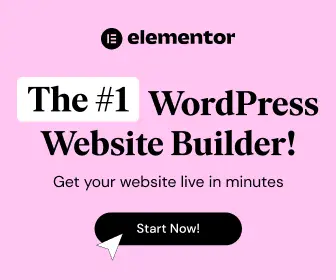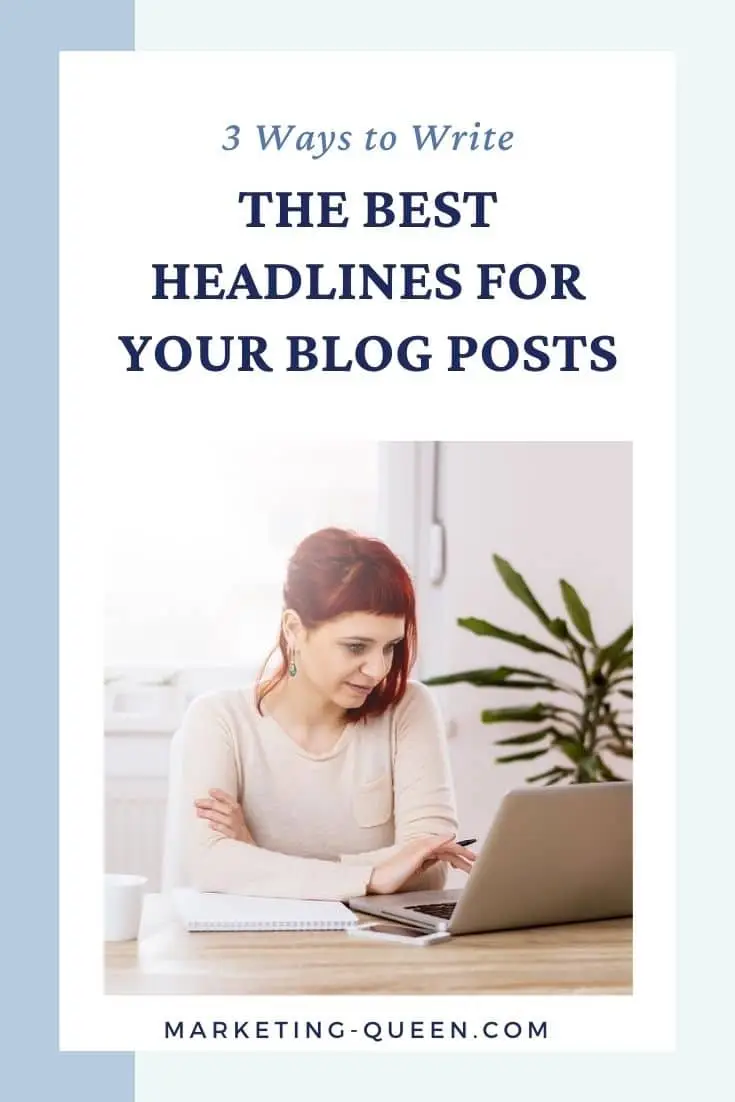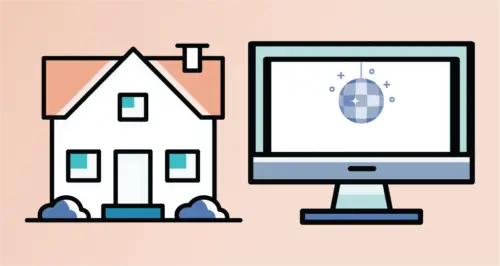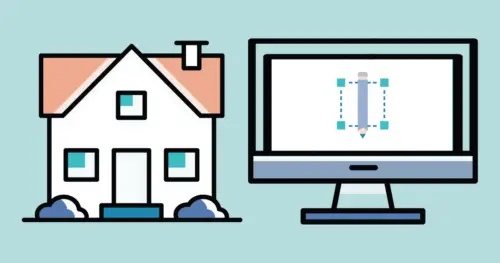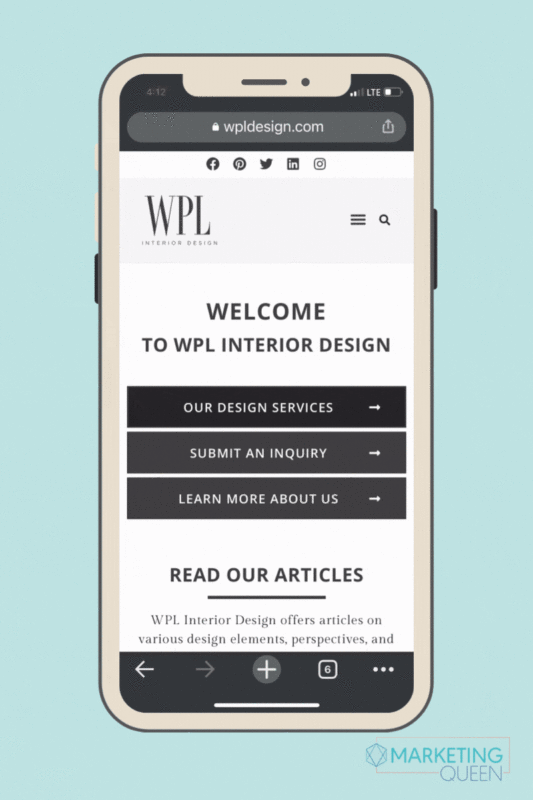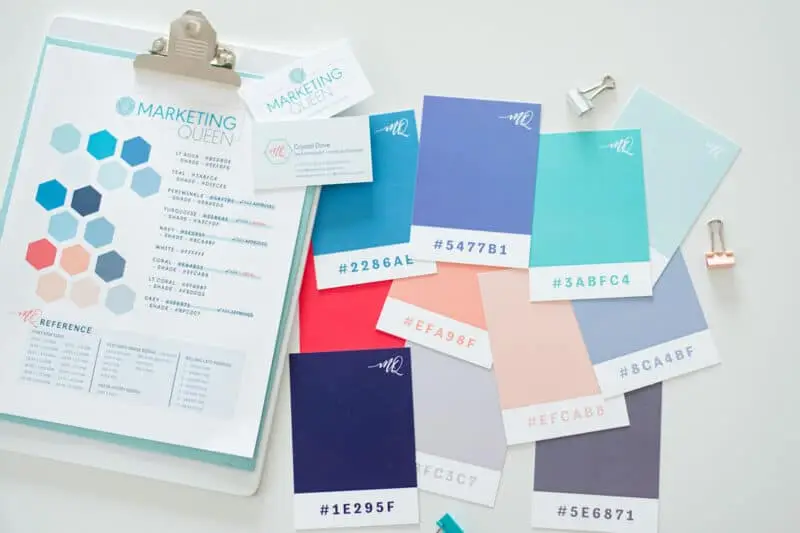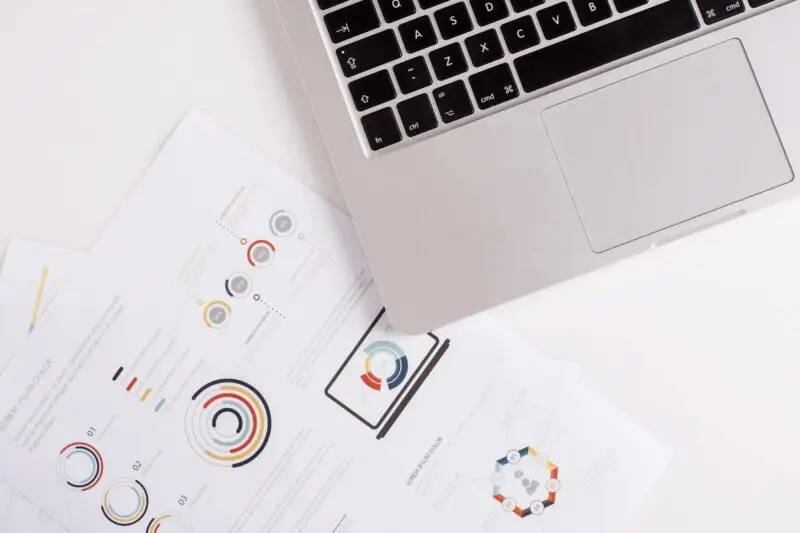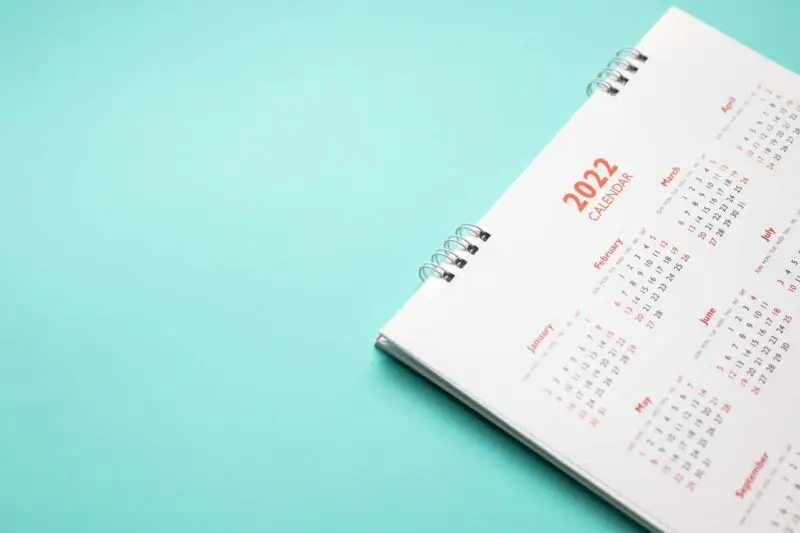Whether you’re writing a blog post, a brochure, an email to your list—or writing anything, really—each sentence has one very important job:
To make the reader read the next sentence.
It’s a simple but powerful truth, isn’t it? Because, yes…you want your reader to walk away informed, or ready to take an action (buy, download, fork over their email address, etc.)…but you can’t achieve those goals without them reading (or skimming) what you’ve written.
So the primary goal of each sentence is to make the reader read the next sentence. Yes, even the last sentence, you cheeky person you. The last sentence should make your reader want to read MORE from you! More blog posts, more e-books, more marketing emails, and better yet, your services and products pages.
So how do you get your reader to keep reading?
Here’s one thing you can do that really helps: write strong blog headlines.
To be clear, we know headlines refer to two different things. Some people call the title of a page or post a headline. But we’re skipping over those today in favor of the other type of headline: the headlines inside of the page or post that are part of your content – also known as the subheadlines.
Not sure what I mean? There’s an example just below! 👇
Your blog post’s headlines are mission-critical for your reader. Why?
These days, it’s not enough to have paragraphs to break up your text online. Heck, even paragraphs are becoming unrecognizable on the web since many are just one to two sentences instead of the traditional three to five.
Instead, you want to create groups of ideas in a blog post, and then top them off with headline text that summarizes that idea—then we designate it using formatting (this is where H2 or H3 comes in).
[Read more about formatting your blog with WordPress’ Gutenberg block builder here.]
Breaking up your blog into sections greatly increases the readability of your text. There are a few reasons for this:
- People are actively trying to guard themselves from “wrong” or “bad” information. Why? Because information overload is real, and preventing it is critical for cognitive function.
- So, their number #1 goal is to decide, QUICKLY, if your blog post is useful and/or interesting.
- To do that, people LOVE, LOVE, LOVE to skim text before they read it.
- Headlines make it easy for people to skim and make a decision about your post.
- And let’s say they realize your blog post is exactly what they need. Headlines help your reader identify the sections that interest them and zero in on them.
I wish I could put all of those bullet points in bold! It’s that important for you, as a marketer, to understand.

So how do you write a strong blog headline? Let’s explore.
Keep your headlines Danny DeVito (you know, short!)
You want to keep your blog headlines short. Think of your headlines like decision points: your reader is trying to decide if a section has information they’ll find relevant. Help them spend less time by getting to the point.
How short is short? Best practice says 6-12 words, with 200 characters max.
You could use “supercalifragilisticexpialidocious” but keep in mind, that’s 34 characters right there. Not a lot of room left to write a headline that helps your reader!
Write crystal-clear, “does exactly what it says on the tin” headlines
“Does exactly what it says on the tin” was an advertising slogan in the United Kingdom. It meant just that: the description of the product matches what the product does.
Perhaps the most important thing you can do is write headlines that tell someone, “This is what’s inside this section.”
No fluff, jargon, or vagueness. Say you’re writing a blog post about how your catering company will offer a new takeaway service. If you call one of those sections, “Change, change, change” will anyone know what that’s even about?
A good way to test this is: if you read only the headline, do you know what the section is about?
Grab attention harder than a kid trying to catch a runaway balloon 🎈
If you can write a short, descriptive headline, the next step is to make it really grab your reader’s attention. As this blog post has illustrated—it’s hard to get people’s attention online!
The secret to getting attention is to make your reader feel something when they read the headline. Maybe they laugh, or gasp in shock. Go for it!
If it helps you, think of it like writing clickbait…except unlike clickbait, it won’t trick people. It will offer lots of value. When you’re a blogger, “clickbait” is not an insult!
The only way to get good at this is to practice. My advice? Don’t aim for attention-grabbing right away. Instead, write a headline that’s short and descriptive first, and then see if you can tweak it to be more interesting.
I could have titled this section “Make your headline attention-grabbing.” Short? Yes. Descriptive? Yes! But I wanted a section about attention-grabbing to actually be attention-grabbing. So I asked myself, “What’s an example of something people grab hard?”
Try using these writing strategies:
- Metaphors, similes, and analogies that compare a business thing to a fun thing. “Balance your books better than a Wallenda on a high wire”
- Alliteration, or, the repetition of sounds. “Balance your books beautifully, bro-hammer!”
- Pop culture references. “Balance your books the Angela Martin way”
You can have a lot of fun trying these out!
What are your tips for writing strong blog headlines? Let me know!
I’m always looking for ideas that make blog posts successful. What techniques do you use to write great headlines? What is the best headline you’ve ever read?



